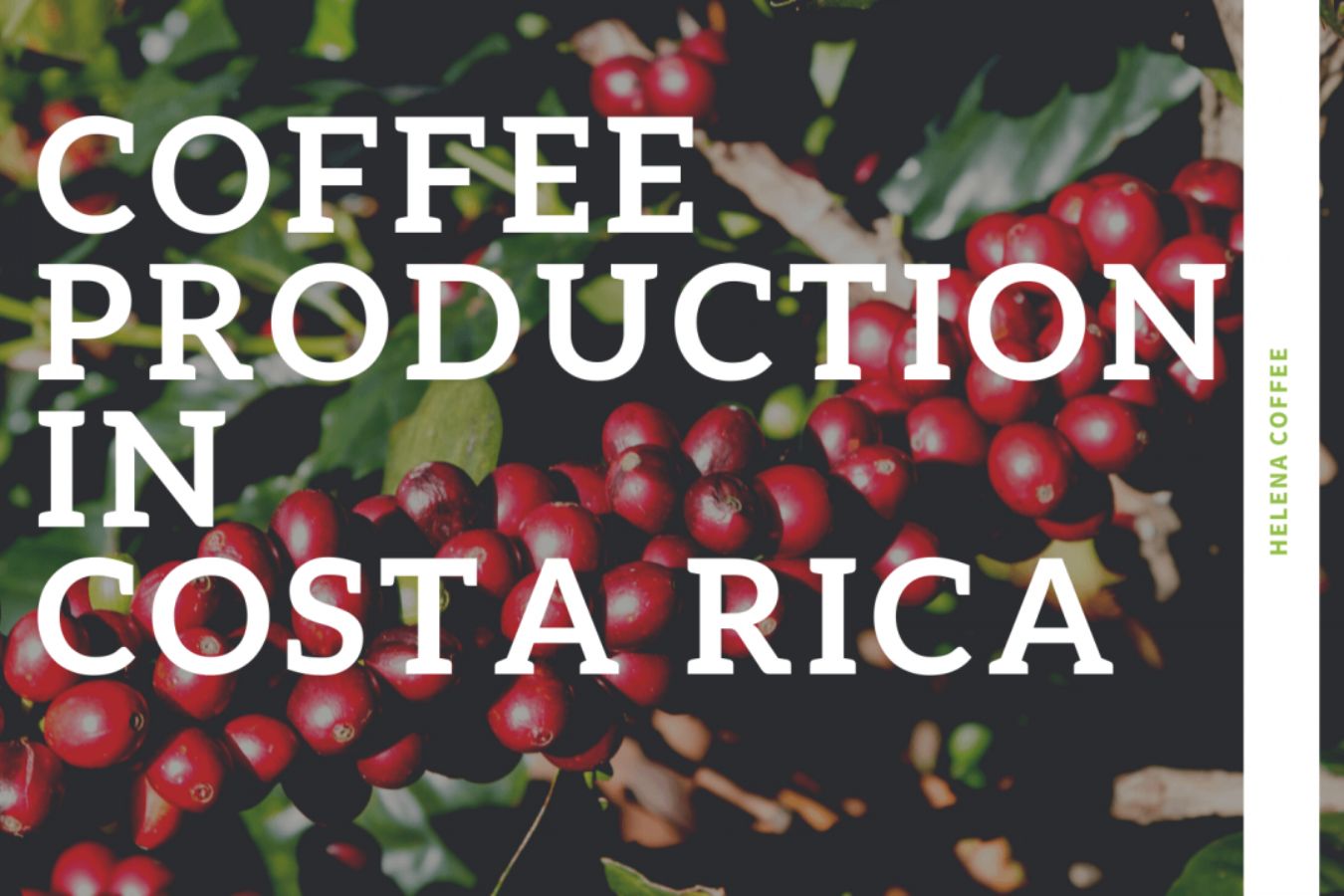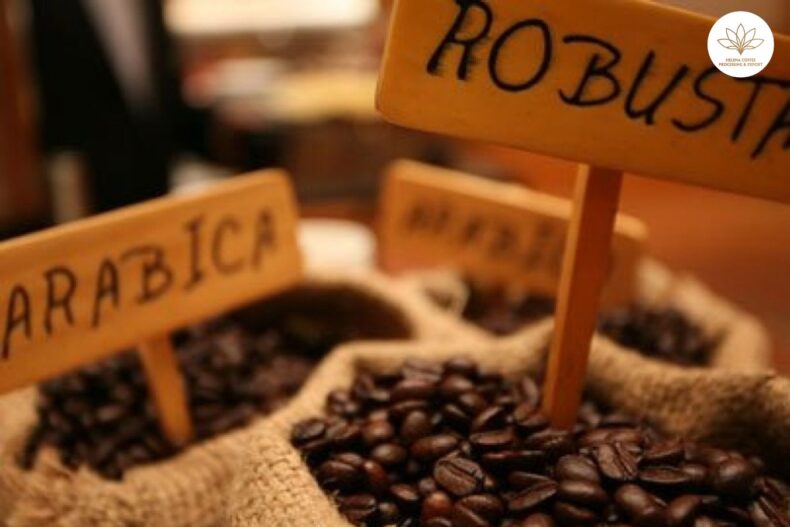
Coffee Production In Costa Rica – Costa Rican coffee has been cultivated since the late 1700s. This is the first Central American country to have a fully developed coffee industry in all aspects.
By the 1820s, coffee was the main agricultural export of great economic significance. Costa Rica’s coffee production significantly increased when the train route to Puntarenas was completed in 1846.
It allowed farmers to quickly bring coffee from their farms to the port of Oxcarts. Learn about how Costa Rican coffee is made with Helena.
Costa Rica’s coffee infrastructure has long given the country an edge in finding better prices in international markets. Process wet processing has been applied since 1830, and until 1905 there were two hundred damp processing plants.
The coffee business continued to expand until its geographical boundaries were reached. Farmers must find new land to cultivate as the population spreads from the capital, San José, to the remainder of the nation.
However, not all of Costa Rica’s land is suitable for growing coffee, which remains an obstacle to the growth of the country’s coffee industry.
Overview of Costa Rican coffee
When it comes to Costa Rican coffee, we should talk about quality instead of volume. Coming in at number 14 globally, Costa Rica contributes only about 1.1% of the global coffee production; CafeImports made the following statistics in 2017.
Scale production:
- The population engaged in the coffee industry: Is approx. 47,137 households (2017)
- Average farm size: Nearly 70% of coffee comes from smallholder farmers.
- Annual export output: 1.2 to 1.5 million bags (60 kg).
Costa Rican Coffee Farming
- Coffee growing areas: Central valley & Western valley, Guanacaste, Tres Ríos, Turrialba, Orosi, Brunca, Tarrazú, ..
- Popular coffee varieties: Caturra, Catuai, Bourbon, Villa Sarchi, Villa Lobos, SL28, Gesha
- Processing methods: Processing of wet, dry processing, and honey processing.
- Coffee classification: According to the height of cultivation, descending from SHB ( Strictly Hard Bean ), GHB ( Good Hard Bean ), HB (Hard Bean), and MHB ( Medium Hard Bean ).
National Coffee Association
From the very beginning, coffee production was strongly encouraged in Costa Rica. In 1933, under pressure from the coffee-growing community, the government established the “Coffee Defense Institute,” a rather pompous name.
The institute aims to prevent small coffee growers from being taken advantage of by low-priced collectors who process and resell significantly.
In 1948, this Foundation became the Costa Rican Coffee Institute (ICAFE), which still exists today. ICAFE has broad involvement in the coffee industry, operating experimental research farms and promoting the quality of Costa Rican coffee worldwide. It is funded by a 1.5% tax on all coffee exports from Costa Rica.
ICAFE’s prominent role is to research and develop Arabica coffee varieties, support farmers in cultivation against pests and diseases on coffee, and analyze soil and water. In addition, the vital role of the association is to ensure that farmers enjoy 80% of the FOB (Free On Board) price.
Costa Rica produces coffee
Costa Rican coffee is measured by volume rather than weight, one of the country’s unique features. Each facility has its reception room, where coffee is delivered and measured into metal cajoles.
Twenty is equivalent to one fanega – a unit of measurement of 100 pounds (about 45.3kg).
Coffee cherries picked when ripe are larger and heavier than unripe or overripe cherries, meaning fewer berries will be needed.
They will result in a higher overall selling price for coffee growers, indirectly motivating farmers to improve coffee quality. Costa Rica manufactures 1.8-2.2 million fanegas each year on average.
The Revolution of the Micro mills
Costa Rican coffee has had a long-standing reputation for good quality, and as a result, it commands a high price in the commodity market. What it lacks is traceability as the specialty coffee market grows.
Typically, the coffees exported from Costa Rica around the turn of the millennium are made by large mills and are dependent on market prices.
Furthermore, these facilities obscured where the coffee was grown and the unique qualities it could possess until the mid-2000s. The Micromill was born, and this is seen as a revolutionary model for the Costa Rican coffee industry.
Micromill is established by coffee farms close to each other. The owners of these coffee gardens will cooperate to invest in a grinder for honey processing. The farms will harvest and process their coffee in many different ways.
The quality of the coffee will be raised to a higher price of coffee after processing and not have to depend on a third party before being sold on the market. Las Lajas is typical for Micromill in this article.
Processing honey – Features of Costa Rican coffee
Micro mills have also been at the forefront of processing innovations that have brought Costa Rican coffee to the fore over the past decade: Honey processing – a combination of wet processing and natural dry processing that can originate from Brazil.
However, because of the popularity and popularity of specialty coffees in Costa Rica ( after honey-processed coffee from Costa Rica won the Cup of Excellence in 2017 and 2018), many people mistakenly think it is from this country.
At some Micro mills, honey processing (usually yellow, red, or black) is achieved by removing a particular part of the mucilage before the coffee is dried; Other mills leave 100% mucilage on all of their honey coffee and instead modify the drying technique to create different styles of honey coffee.
Honey processing techniques are becoming more and more popular worldwide, not just in Costa Rica. Partly because the product is higher than dry processing, the price is higher.
On the one hand, it reduces water consumption compared to wet processing, and equipment is also reduced without a whole processing line. Turn wet that only needs a pod grinder.
References:
- Primecoffea, Sản xuất cà phê tại Costa Rica, Tháng Mười Một 12, 2017
- The World Atlas of Coffee: From Beans to Brewing – Coffees Explored, Explained and Enjoyed book by James Hoffmann
- Origins Coffee – Resource: www.cafeimports.com


